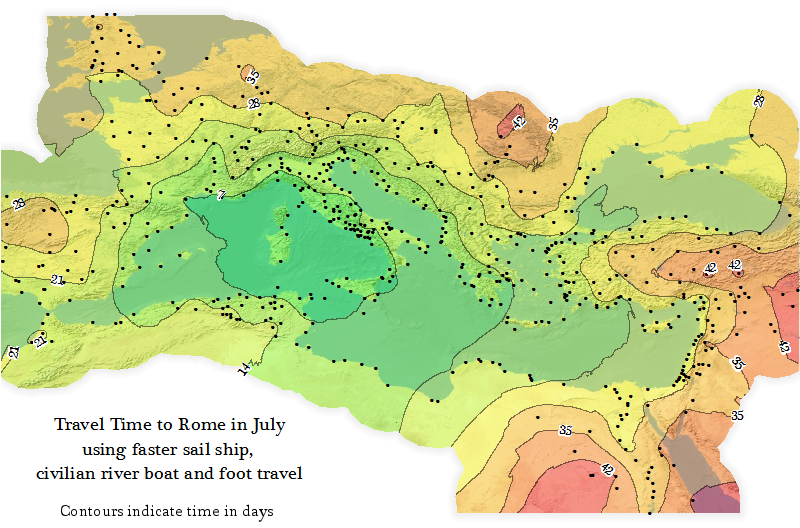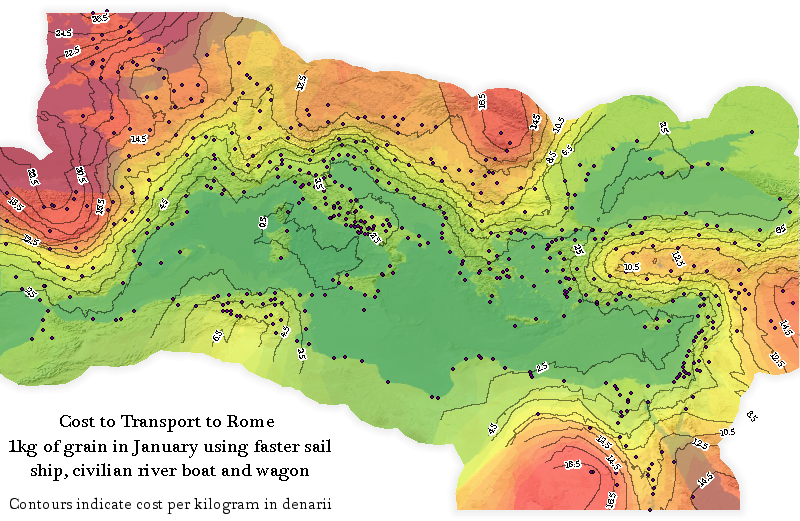It all depends on timeframe. The traditional territorial maximum of the Roman Empire is depicted as the empire at the time of Trajan's death, however, most of his Eastern conquests were only occupied for 3-5 years, which is hardly a "glorious apex of the empire". No empire exists forever, and the Roman Empire is no different. It cannot reasonably hope to hold onto the entirety of it's territory for anywhere near the same length of time, and throughout the long decline of the Western Empire, it shed it's territories at various speeds. Does Dacia count as being "under Rome's rule", even though it was only occupied for a paltry 150 years? What about Caledonia? It was subdued and conquered by Agricola, as described by Tacitus, but Roman administrators never held much sway on the northernmost reaches of the island, so does Caledonia count or not?
My point is that literally any territory could "realistically" fall under Rome's "control", but without defining what you mean by "realistic" and "control", there's no way to provide a meaningful answer. If what you mean is, "How many territories may plausibly be considered as part of the core Roman Empire as defined by the parts centrally administered during the imperial 'golden age' (traditionally the Antonine period)?" then we have a question with well-defined parameters to which we can hash out an answer, but without being more specific there's not much else to say.
So, to address my re-framed question, a whole bunch of territories could plausibly be brought under Roman control for a century (probably all of Brittania, part of southern Germany, the rest of Dacia, and maybe part of Morocco, Nubia, and Arabia), but each of these would present serious administrative challenges without clear strategic benefits, so the incentive to conquer these areas simply isn't there. Even the conquest of what we see as the "early Roman Empire" was only made possible due to the centralization and strategic planning of Augustus, and I have my doubts that any comparable centralized administration would find rationale to conquer such remote areas.

